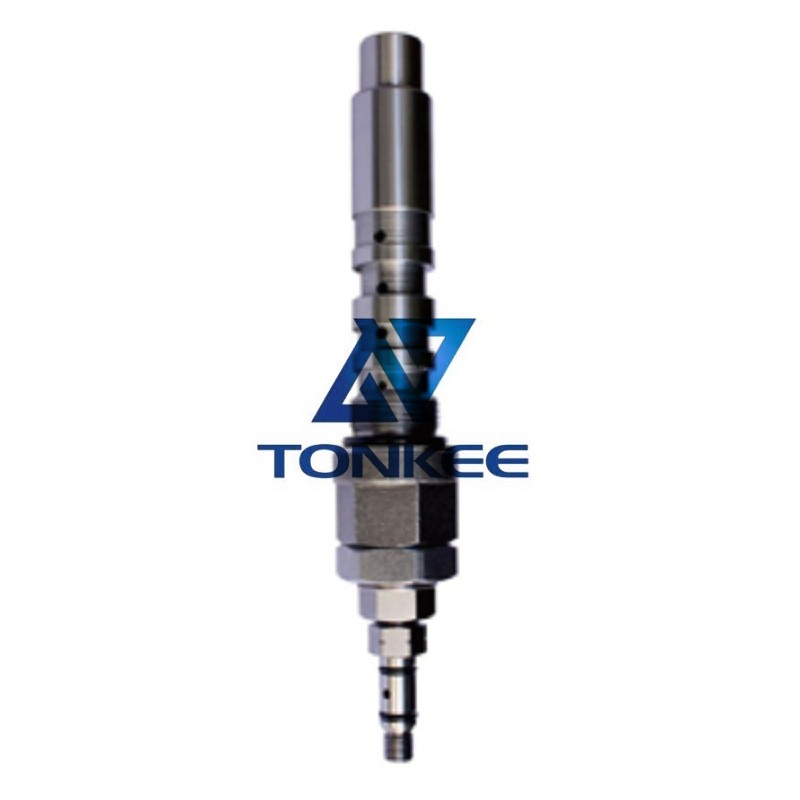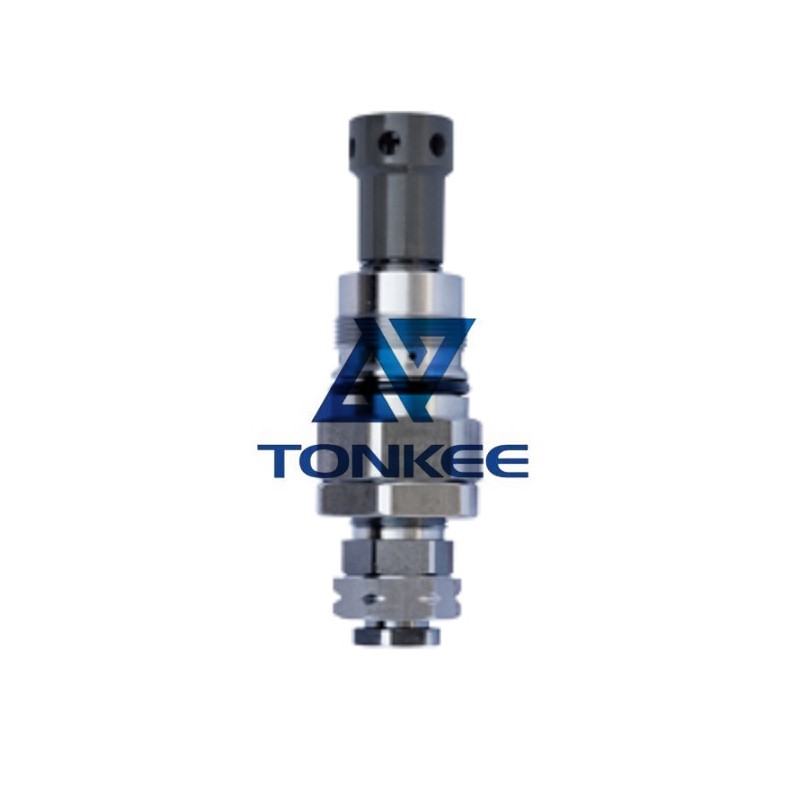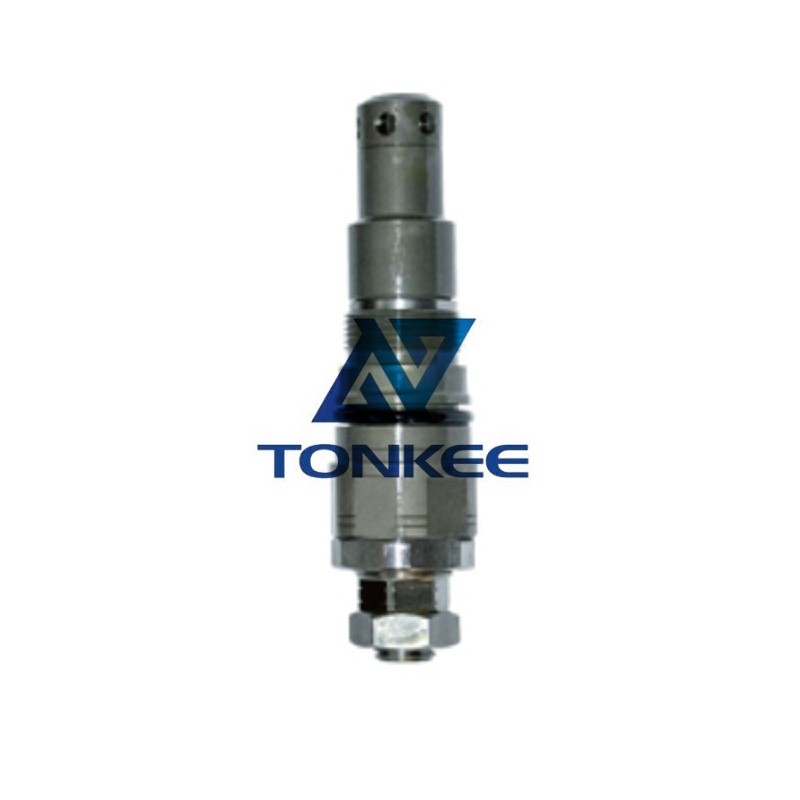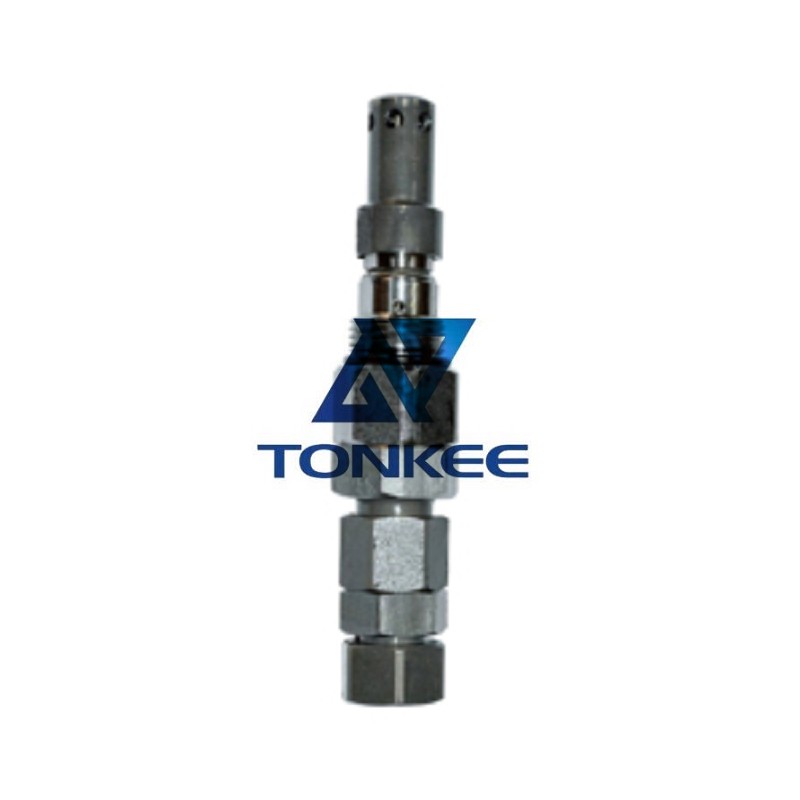
The PC120-6/PC200-6 PC valve is designed to control the hydraulic flow in the system and ensure optimal performance.
It regulates the flow of hydraulic fluid to various hydraulic functions, such as the boom, arm, and bucket movements of the equipment. By adjusting the flow rate, the valve enables smooth and precise operation of these functions, improving productivity and control.
One of the notable features of the PC120-6/PC200-6 PC valve is its versatility. It is designed to be compatible with both the PC120-6 and PC200-6 equipment models, offering flexibility in applications. This compatibility allows for easy replacement or retrofitting of the valve, simplifying maintenance and reducing downtime.
The PC120-6/PC200-6 PC valve is constructed using high-quality materials to ensure durability and longevity. It is built to withstand the demanding conditions of construction and excavation environments, providing reliable performance over an extended service life. The valve is resistant to corrosion, wear, and high-pressure situations, ensuring reliable operation even in challenging working conditions.
Safety is a key consideration in the design of the PC120-6/PC200-6 PC valve.
It incorporates pressure relief valves that protect the valve and the hydraulic system from excessive pressure buildup. These relief valves ensure the safe operation of the equipment by preventing potential damage due to pressure spikes.
In terms of technical specifications, the PC120-6/PC200-6 PC valve typically operates within a specified pressure range, such as 250 to 350 bar, depending on the specific model and application requirements. The valve's rated flow capacity determines the maximum amount of hydraulic fluid it can handle, typically expressed in liters per minute (L/min) or gallons per minute (GPM).
The installation and integration of the PC120-6/PC200-6 PC valve are designed to be straightforward. It features standard hydraulic connections, such as threaded ports or flange mounts, ensuring compatibility with the existing hydraulic plumbing of the equipment. The valve may also include electrical connectors for monitoring and control purposes, allowing seamless integration with the overall control system of the equipment.





 English
English português
português Русский язык
Русский язык












